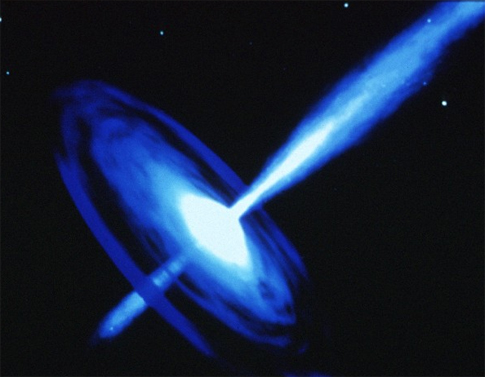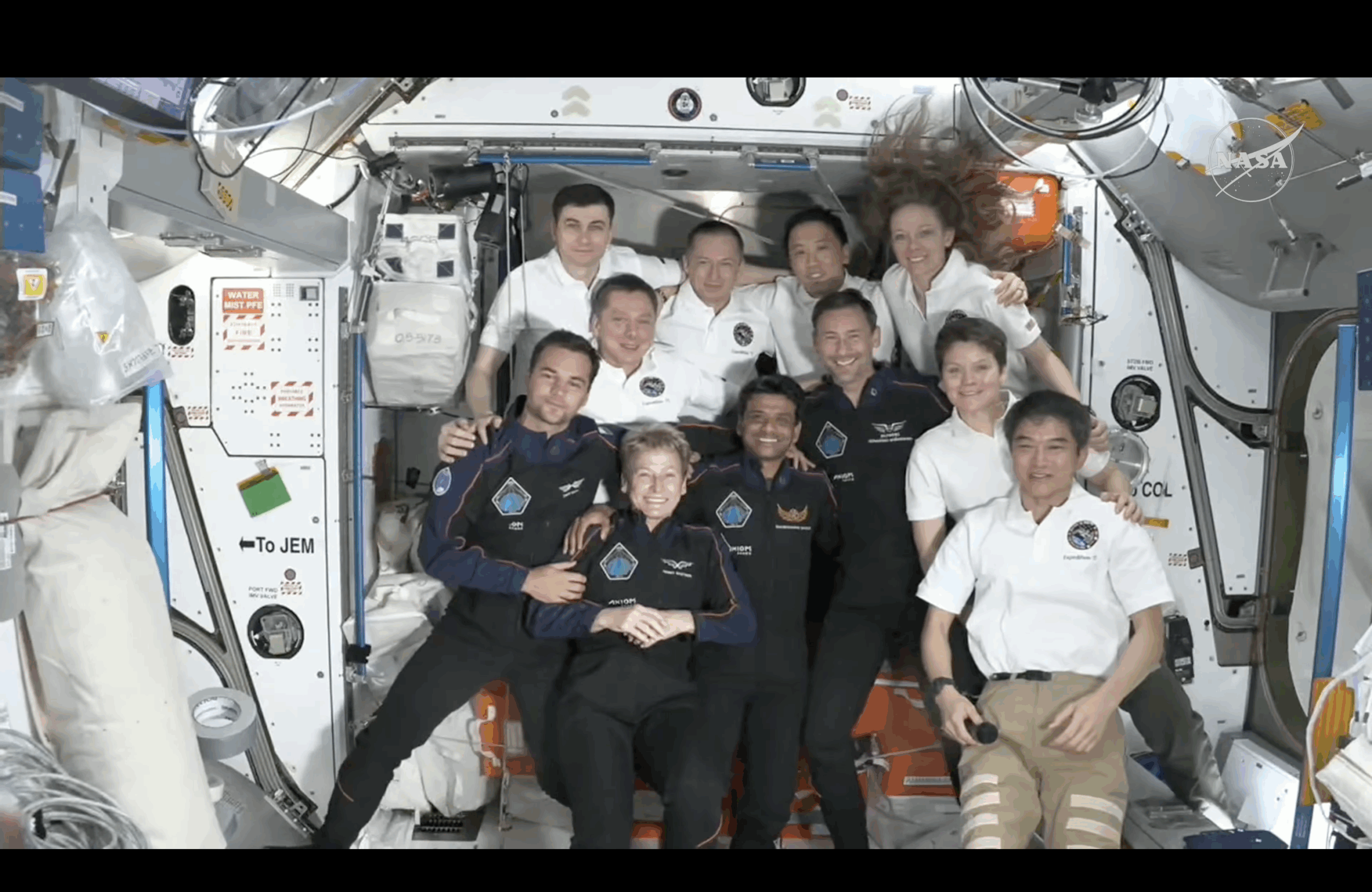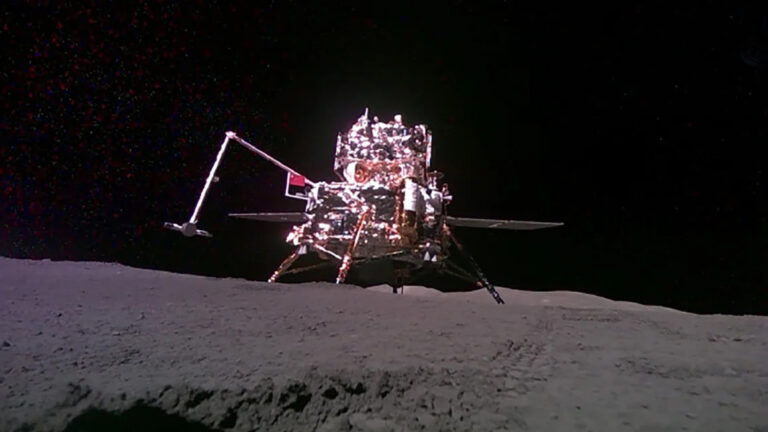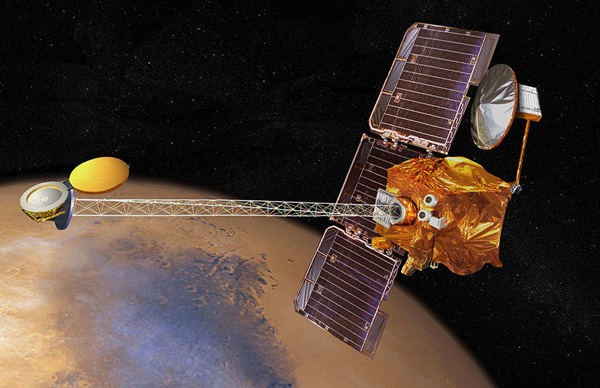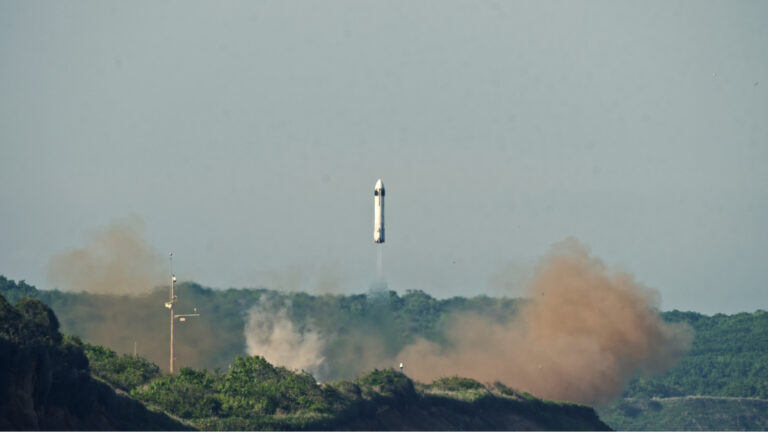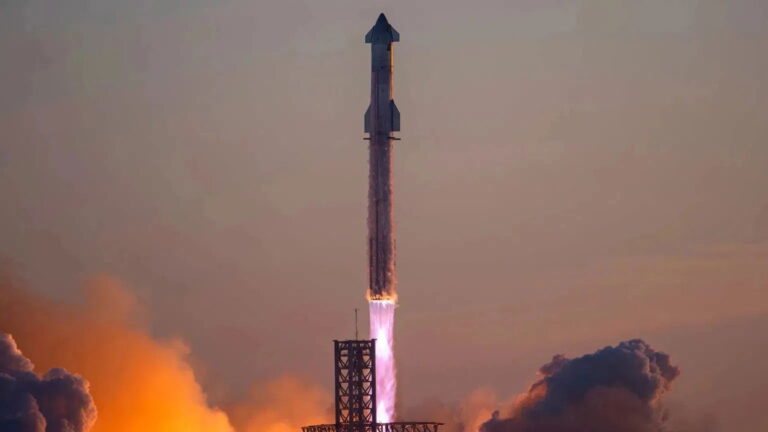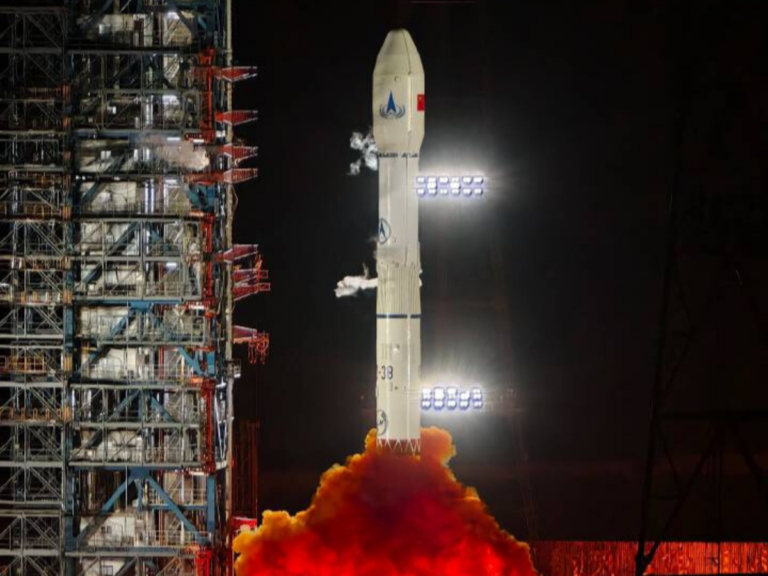NASA has given the go-ahead to restart an astrophysics mission that will provide a greater capability for using high-energy X-rays to detect black holes than any existing instrument has.
The Nuclear Spectroscopic Telescope Array, or NuSTAR, has been designed to answer fundamental questions about the universe, such as:
How are black holes distributed through the cosmos? How were the elements of the universe created? What powers the most extreme active galaxies? NuSTAR will expand our ability to understand the origins and to predict the destinies of stars and galaxies.
NASA had cancelled the NuSTAR mission in 2006 due to funding pressures within the Science Mission Directorate, but is now ready to proceed to flight development. Expected launch is 2011.
In November 2003, NuSTAR was one of six proposals selected from 36 submitted to NASA’s Explorer Program to fund lower-cost, highly focused, rapid-development scientific spacecraft. Fiona Harrison, professor of physics and astronomy at the California Institute of Technology, is the NuSTAR principal investigator. “It’s great that NASA was able to restart the mission,” says Harrison. “I’m incredibly excited about our planned science program, as well as the unanticipated things we are bound to discover with a new telescope this sensitive.”
Harrison’s team has been working on NuSTAR technology for more than 10 years. They began with a balloon payload, the High Energy Focusing Telescope (HEFT). They developed optics and detectors that together could image the universe at X-ray energies above where any mission has operated before. They tested these new technologies on the HEFT balloon experiment, and then compiled them on NuSTAR to make a telescope far more sensitive than any that has observed the high-energy X-ray sky. The mission also incorporates an extendable structure that was developed by the Jet Propulsion Laboratory and Alliant Techsystems Inc. for the Shuttle Radar Topography Mission and is now being used to fit the NuSTAR telescope into a small, inexpensive launch vehicle.
“We are very excited to be able restart the NuSTAR mission,” says Alan Stern, associate administrator for the Science Mission Directorate at NASA Headquarters in Washington. “NuSTAR has more than 500 times the sensitivity of previous instruments that detect black holes. It’s a great opportunity for us to explore an important astronomical frontier.” Both Stern and Harrison point out that instruments like these have become smaller and more efficient, thereby reducing the mission’s cost. “It’s amazing that by using NASA’s smallest mission platform, the Small Explorers, we can build something more capable than large missions that have operated at these energies,” says Harrison.
NASA anticipates that NuSTAR will bridge a gap in astrophysics mission flights between the 2009 launch of the Wide-field Infrared Survey Explorer and the 2013 launch of the James Webb Space Telescope. The spacecraft will use high-energy X-rays to map areas of the sky and will complement astrophysics missions that explore the cosmos in other regions of the electromagnetic spectrum.
“NuSTAR will perform deep observations in hard X-rays to detect black holes of all sizes, and other exotic phenomena. It will perform cutting-edge science using advanced technologies and help to provide a balance between small and large missions in the astrophysics portfolio,” says Jon Morse, director of the Astrophysics Division at NASA Headquarters.

